The spark of DevOps at ND became a flame early this week as the OIT welcomed Dan Ryan to McKenna Hall for a two-day bootcamp on DevOps and Infrastructure-as-a-Service. Over 50 OIT professionals from networking, product management, custom development, virtualization, senior leadership, information security, data center operations, identity/access management, and architecture gathered together to learn about DevOps and decide upon an IaaS provider.
Day One kicked off with an introduction by CIO Ron Kraemer, who challenged us to seize the “historic opportunity” represented by cloud computing.
Continuing a discussion started with his appearance at the Sept 2013 ND Mobile Summit, Dan made a compelling case not only for migrating our data center to the cloud, but for doing it using Amazon Web Services.
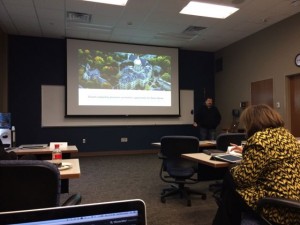
Dan Ryan dropping some #IaaS knowledge
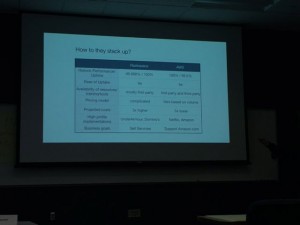
AWS easily surpasses their closest competitor, Rackspace
The morning concluded by the assembly agreeing that Amazon Web Services is our preferred infrastructure as a service provider of choice based on organizational capability, price, and position in the market.
That afternoon and all of Day Two saw working groups spring up across OIT departments to tackle the practical architecture, design, and implementation details of a few specific projects, including AAA, Backup, and the Data Governance Neo4j application. Bobs Winding and Richman led a discussion of how exactly to lay out VPCs, subnets, and security groups.

A virtual data center is born.
Assisted by Milind Saraph, Chris Frederick and I dove into Boto, the Python SDK for AWS scripting, and started building automation scripts for realizing that early design. Evan Grantham-Brown stood up a Windows EC2 instance and created a public, Amazon-hosted version of the Data Governance dictionary.
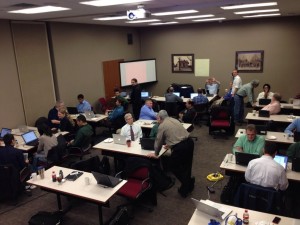
Just look at all that inter-departmental collaboration
Around 2pm, we were joined via WebEx by AWS Solutions Architect Leo Zhadanovsky, who talked us through some particular details of automating instance builds with CloudInit and Puppet, as detailed in this youtube presentation.
As the day came to a close, the conversation turned to governance, ownership, and process documentation. This Google Doc outlines next steps for continuing to roll out AWS and DevOps practices in many areas of OIT operations, and contains the roster of a Design Review Board to guide the architecture, implementation, and documentation of our new data center in the cloud.
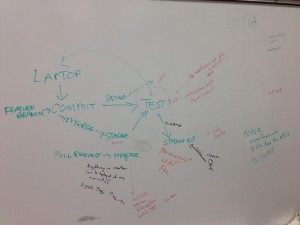
The goal: continuous integration. Automated builds, testing, and deployment.
Aside from the decision to choose AWS as our IaaS provider of choice, it was really encouraging to see so many people cross departmental lines to try things out and make things happen. Here’s to making every day look like these. Many thanks go to Sharif Nijim () for conceiving and coordinating this event, to Mike Chapple () and OIT leadership for supporting the idea, and especially to Dan () for showing us the way forward. Let’s do it!
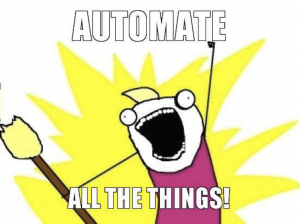
ALL OF THEM! (thanks @dowens)
Artifacts from the DevOpsND workshop are available here.





